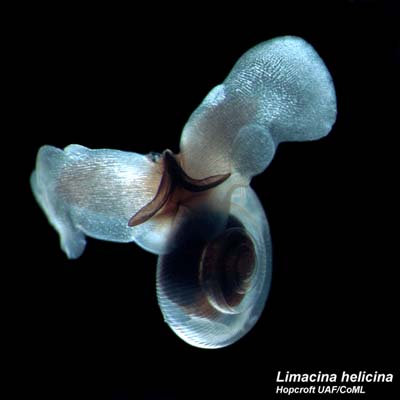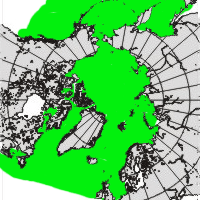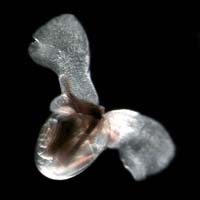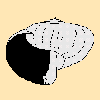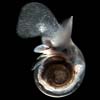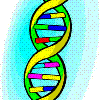Sea Butterfly: Limacina helicina (Phipps, 1774)
The most common shelled pteropod of arctic waters
Size
- larvae ~ 0.15 mm
- Adults up to 8 mm
Color & Characteristics
- Foot modified into a pair of large pad-shapped lobes
- Body often darkly pigmented
- Left coiled shell with depressed spire
- 5 to 6 transparent, striated shell whorls
- Several subspecies and forms recognized, with differing shell shape and differeing polar/subpolar distribution
Habitat
- Panarctic, bipolar and subpolar
- Epipelagic (shallow dwelling)
- Often found in swarms
Feeding
- Mucus nets are produced on foot-wings to trap phytoplankton and small particles
- Net is periodically eaten to acquire the food stuck to it
- Animals must regularly swim upward to offset their sinking
Life cycle
- protandrous hermaphrodite (males first, then females later)
- Spermatophores used for sperm transfer
- Eggs are released in ribbons early spring and hatch into ciliated veligers
- Generation times thought to be 1 year in the arctic and perhaps 2 per year in the subarctic
Page Author: Russ Hopcroft
Created: Jan 31, 2009

